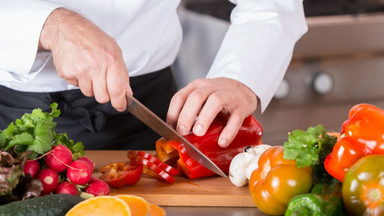Apr 30th 2021
Best Practices for Cleaning Fruits and Vegetables
Food can be challenging to handle, and you can cause those you’re serving to become sick if you don’t properly prepare it. Avoid this by learning about the best practices for cleaning fruits and vegetables. They’ll help you ensure that you’re following the correct procedures to eliminate the possibility of cross-contamination and that you are cleaning everything as thoroughly as possible.
Give Your Equipment a Wash
From the start, you need to give everything you’ll be using a good wash before it touches any food. This includes:
- Washing your hands
- Cleaning all kitchen utensils
- Wiping down food preparation surfaces
It won’t matter how effectively you clean your fruits and vegetables if these other things can contaminate them. If you’re washing your commercial-grade food equipment with soap, ensure that there’s no residue on them, as cleaning substance remnants on equipment can transfer to your food and poison it.
Wash Down Your Fruits and Vegetables
After making sure that your tools are clean, you must then clean the food itself. Hold your fruits and vegetables under running water as you wash them, even if they have skin that you intend to peel off. That skin can harbor bacteria that can prove harmful, so failing to clean it can result in cross-contamination.
Avoid Extra Cleaning Products
Your water should be enough to clean off your food, so avoid using any cleaning agent. Applying soap or detergent will only ruin your food and potentially make it hazardous to those who eat it. Stick to using warm water and drying fruits and vegetables afterward with a paper towel.
Keep Everything Separated
If you’re dealing with other food items, such as raw meat, you must keep them separate from the vegetables and fruits. This is another possible cause of cross-contamination because raw meat has bacteria in its juices that will infect your other foods.
Make Sure to Refrigerate
After you’ve separated and cleaned your food, you must then protect it by appropriately storing it. After you either cut, peel, or cook your fruits or vegetables, you need to store them at 40 degrees Fahrenheit to keep them from spoiling.
Stay Diligent Along the Way
The best practice to follow when cleaning your fruits and vegetables is always to be aware of what you’re using and what’s in close proximity. A momentary loss of focus or lack of knowledge on foodborne bacteria can result in unsafe food that will put everyone eating it at risk of developing a severe illness. Always know what you’re working with and the quality and cleanliness of the tools at your disposal.

